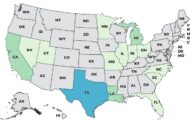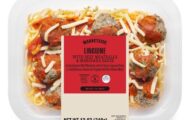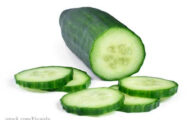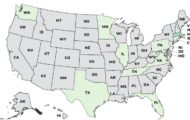If you’re serving ham for Easter, a party or just because it sounds good, the the U.S. Department of Agriculture (USDA) has some food safety tips for you. There are many different kinds of ham and each has its own set of food safety rules.
 The first thing to note is if the ham is “fresh” or cooked. “Fresh ham is an uncured leg of pork. Fresh ham will bear the term “fresh” as part of the product name and is an indication that the product is not cured,” according to the USDA. These hams must be cooked to an internal temperature of 160 °F in an oven set no lower than 325 °F.
The first thing to note is if the ham is “fresh” or cooked. “Fresh ham is an uncured leg of pork. Fresh ham will bear the term “fresh” as part of the product name and is an indication that the product is not cured,” according to the USDA. These hams must be cooked to an internal temperature of 160 °F in an oven set no lower than 325 °F.
Cooked hams, including spiral cut cooked hams can be eaten cold, according to the USDA. If you’d like to warm it up, “hams that were packaged in processing plants under USDA inspection must be heated to 140 °F as measured with a food thermometer or 165 °F for leftover spiral-cut hams or ham that has been repackaged in any other location outside the plant. To reheat a spiral-sliced ham in a conventional oven, cover the entire ham or portion with heavy aluminum foil and heat at 325 °F for about 10 minutes per pound. Individual slices may also be warmed in a skillet or microwave.”
Cooking ham to an internal temperature of 160 °F destroys foodborne pathogens such as, E. coli, Salmonella, Staphylococcus aureus and Listeria monocytogenes. Finally, watch out for mold on country cured ham. “Most of these are harmless but some molds can produce mycotoxins. Molds grow on hams during the long curing and drying process because the high salt and low temperatures do not inhibit these robust organisms,” according to the USDA. “Do not discard the ham. Wash it with hot water and scrub off the mold with a stiff vegetable brush.”




